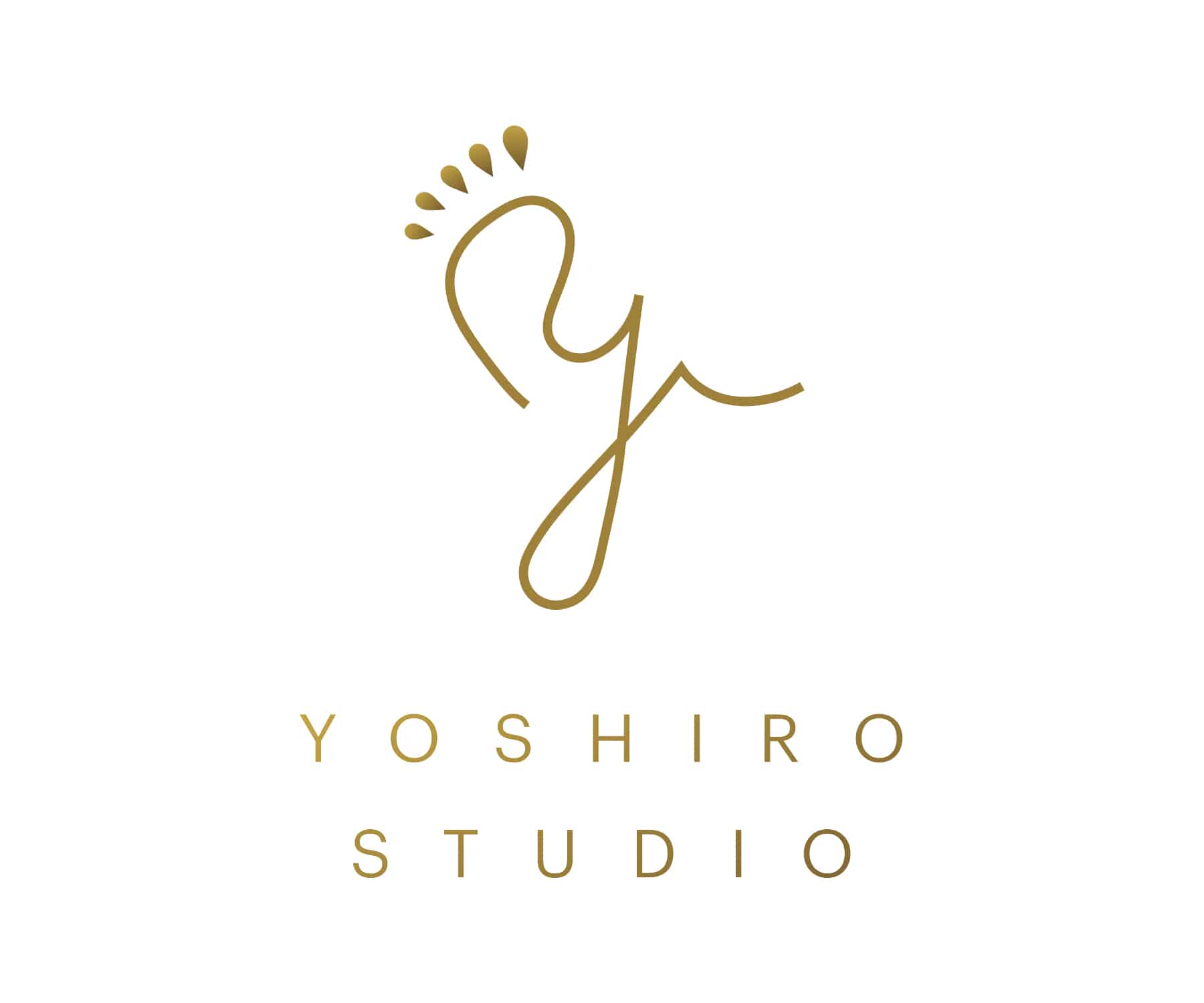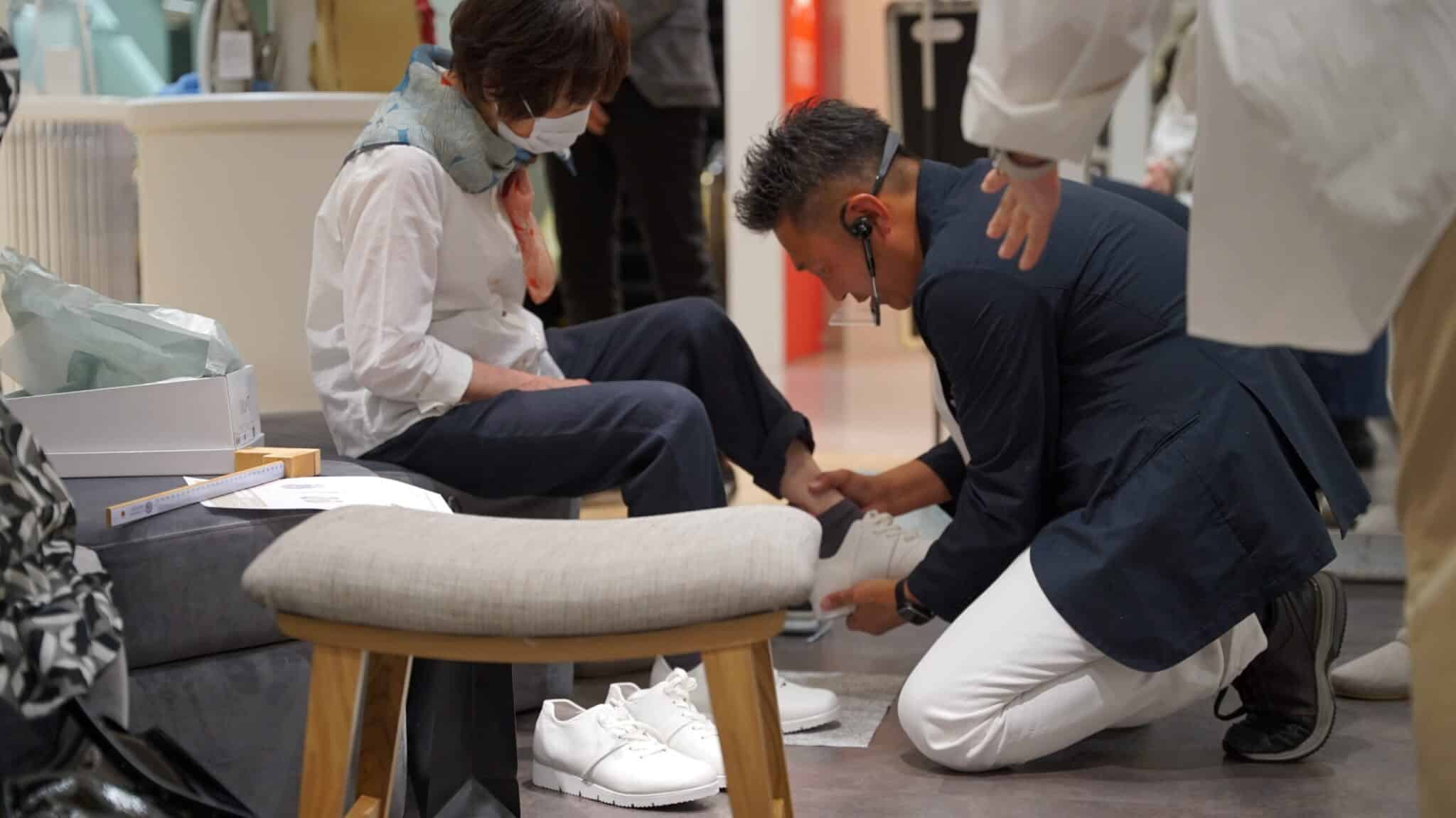足指ドクターによる解説
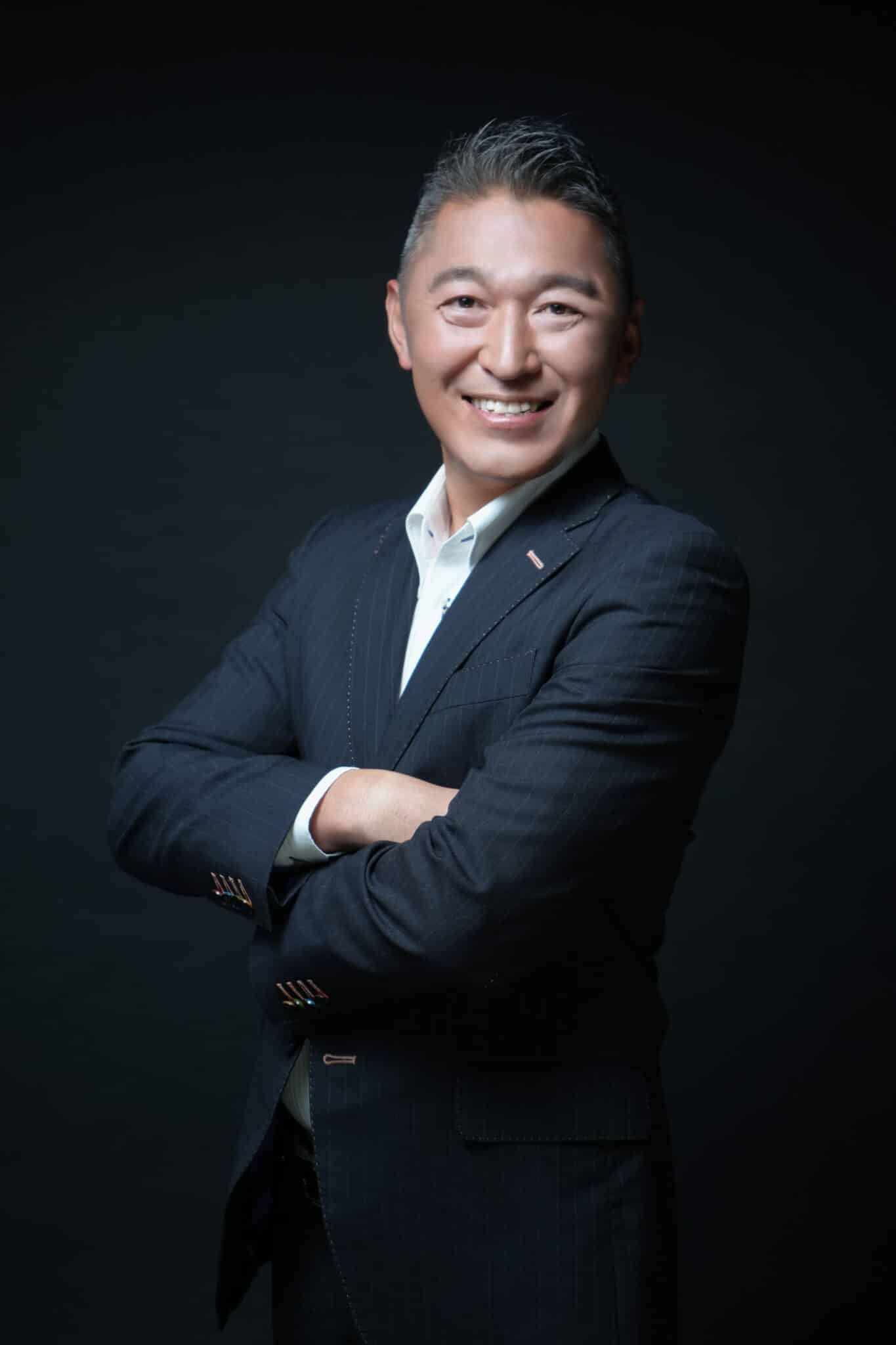
YOSHIRO YUASA
湯浅慶朗
理学療法士(Physiotherapist)、足指博士、足指研究所所長、日本足趾筋機能療法学会理事長、ひろのば体操・YOSHIRO SOCKS・ハルメク靴開発者。元医療法人社団一般病院理事・副院長・診療部長。専門は運動生理学と解剖学。足と靴の専門家でもあり、姿勢咬合治療の第一人者でもある。様々な整形疾患の方(10万人以上)を足指治療だけで治してきた実績を持つ。東京大学 石井直方 名誉教授の弟子でもある。
1950年代、一人の理学療法士がある実験をしました。
それは「リハビリをした群としなかった群ではどちらが治療成績が良かったか」というもの。
限界を知ることもセラピストとして重要
結果はリハビリをしなかった群の方が、リハビリをした群よりも良くなっていたという事実です。この時代は「治療」と呼んでいましたが、治療をしない方がカラダは良くなるというものです。信じられないかもしれませんが、60年以上も前にリハビリテーションの限界はアメリカで証明されていました。私も理学療法士として病院にいた頃、100名を対象に実験をしたことがあります。リハビリをした群、リハビリをしなかった群、どちらが治療成績が良いのか。まさに結果は同様で、リハビリをした群の方が逆に悪くなるというデータが出たのです。ボバース法も同様で、1970年にアメリカで検証が行われ治療効果がないということが判明したのです。
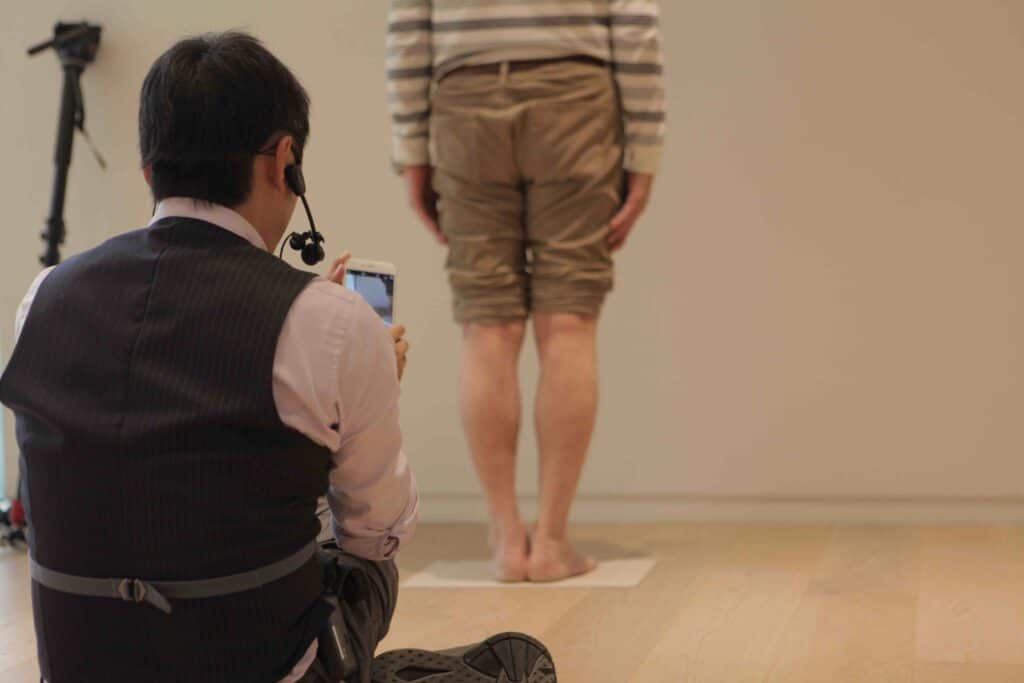
私は自分自身の行なった実験に愕然として、理学療法士5年目にして退職届を出しました。私が追いかけてきた夢は幻だったのか、リハビリをすることで悪くなるという現実を目の当たりにしてこれ以上患者様には関われないと思ったのです。自然治癒によって回復したものを、理学療法(リハビリ)をすることで良くなったと勘違いしてしまうセラピストもいます。これは比較対照実験をすれば誰もが経験をする事実ですが、そんなことをするセラピストはそうそういないと思います。しかし何の疑問を持たずに、権威者のいうことを正直に信じて結果の出ないリハビリを行い続けることが本当に患者様のためになるのかは非常に疑問でした。
しかし疑問を持ったからこそ視点を変えるきっかけにもなり、限界を知ったからこそ独自のメソッドを確立することもできました。患者様が良くなるのであればどんな方法でも構わないと思います。しかし医療従事者としての心構えとして、再発をさせないカラダ作り、通い続けさせないカラダ作り、どんな症状の方でも最後まで責任を持って回復させることが必要かと思います。自分の領域を自分自身で決めてしまい「自分の役目はここまで」とか「それは専門外です」というのは逃げていることになります。
専門領域以外のことも学ぶこと
通い続けるのは自由診療であれば私としては問題と思いません。個人の自由なので結果が出なくてもリハビリに行い続けても良いでしょう。しかし日本はアメリカと違い国民皆保険であり、自己負担額は1割〜3割です。結果が出なくても「気持ちが良いから」という理由で通い続ける人もいます。予防のために通うという人もいますが、保険を使って予防を行うのはどうなんだろうと感じてしまいます。基本的に医療は命を救うもの。セルフケアによって自分自身の生命維持を行える場合には、病院に通うことは不必要だと思うのです。本当に医療が必要な人は、自分自身で生命維持を行えない人です。しかし不必要な医療を提供するあまりに国の医療費は膨らみ続け、必要な人が医療を受けられないということにもなり兼ねるのです。今の医療費を負担するのは次世代の子供達であり、その負担増は膨らみ続けています。

結果が出ないのにはまず視点を変えること。そのためには多くの領域を学んでみることです。理学療法士であれば、作業療法分野、言語療法分野、看護分野、歯科分野、保育分野、建築分野、デザイン分野、プログラミング分野などです。自分の専門分野にとらわれず、整形疾患・中枢性疾患・小児疾患・スポーツ疾患・呼吸疾患などを学び通してみること。理解できなくても良いのでとにかく読み漁る。本屋さんに行って健康本を読破する。その健康法が怪しいと思って、先入観を捨てて見続けること。そうするとある地点で一筋の光が見えてきます。これまでの点と点であった知識が線で結ばれる時がきます。
私のように「妻の一言」がきっかけで、足指の世界に入る人もいると思います。全てが足指を広げることで解決するのではないかというロジックを仮説として立てて理論化することができる。それを臨床で検証してメソッドとして確立することができるでしょう。エビデンスは二の次で、まずは目の前にいる患者様を治すことから始める。時間とお金があればエビデンスを確立するために比較対照実験をすれば良いと思います。
視点を変えることが必要
人のカラダの細胞は3ヶ月に一度全て入れ替わりますから、3ヶ月行なっても効果がない場合にはやり方を変えると良いかと思います。それができないまま従来のやり方に固執してしまうのはお互いにとて時間の無駄であると感じます。視点を変えて、これまでの知識を捨てて、もっと離れて体を観察することから始めて見ることが大切です。膝が痛いから膝を見るのは初心者です。腰が痛いから足を見るのも初心者です。上級者になれば生活習慣を聞くことからです。その方になりきって1日の生活パターンをイメージしてみてください。その上で関節を見たり、筋肉を見たり、足を見たり、靴を見たり、歩き方を見てこそ答えが見つかってきます。
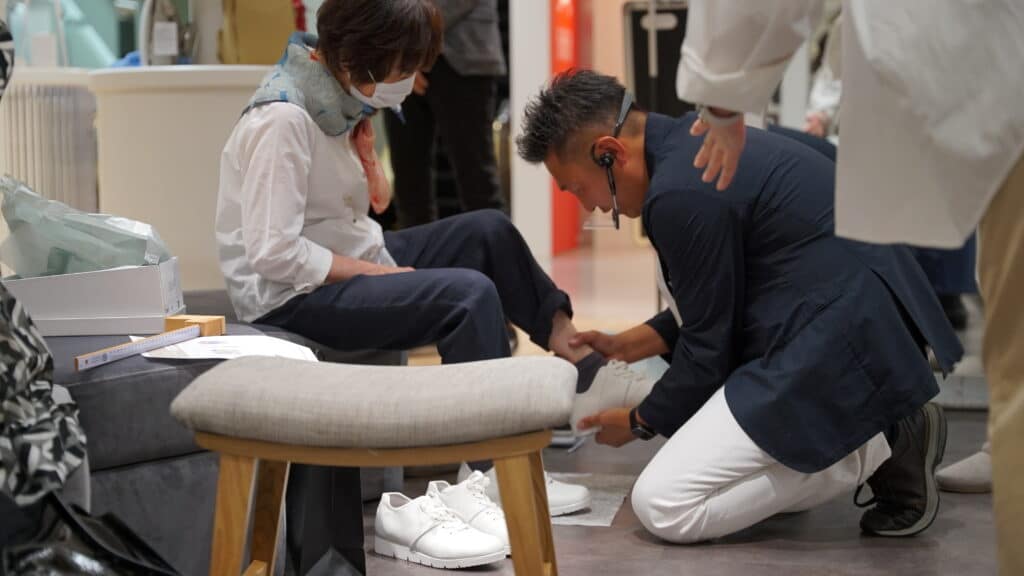
時間がないからできない、というのは医療を捨てているのと同じです。現在のリハビリの枠は20分かと思います。私も病院の外来の15分という時間枠の中で、AKAをしながら生活習慣を聞いたり、目標を聞いたり、靴や中敷の確認をして、足指の機能を見たりしています。最初はルーティンとして慣れるまで大変ですが、準備が大切なので、自分の導線を作っておけばそれほど難しいことではありません。
・靴と中敷を持参してもらう
・靴下は脱いでおいてもらう
・質問事項をあらかじめ用意しておいてもらう
・セルフケアの項目を事前に見直しておいて確認する
・足と姿勢の写真は素早く撮影
・写真比較は前回撮影したものを用意しておく
・入室する前に歩き方の確認を済ませておく
これをルーティン化すれば1ヶ月ほどで特に問題なくスムーズに行えるようになります。1回目で良くしたいという気持ちがあれば最低60分の時間を確保する必要がありますが、30歳の患者様であれば、30年という時間をかけて今の状態があります。30年間の蓄積を1日で変化させるには限界があるため、無理をせずに6回程度で結果が出るようにすることが、再発再発しない身体を作ることにも繋がります。
